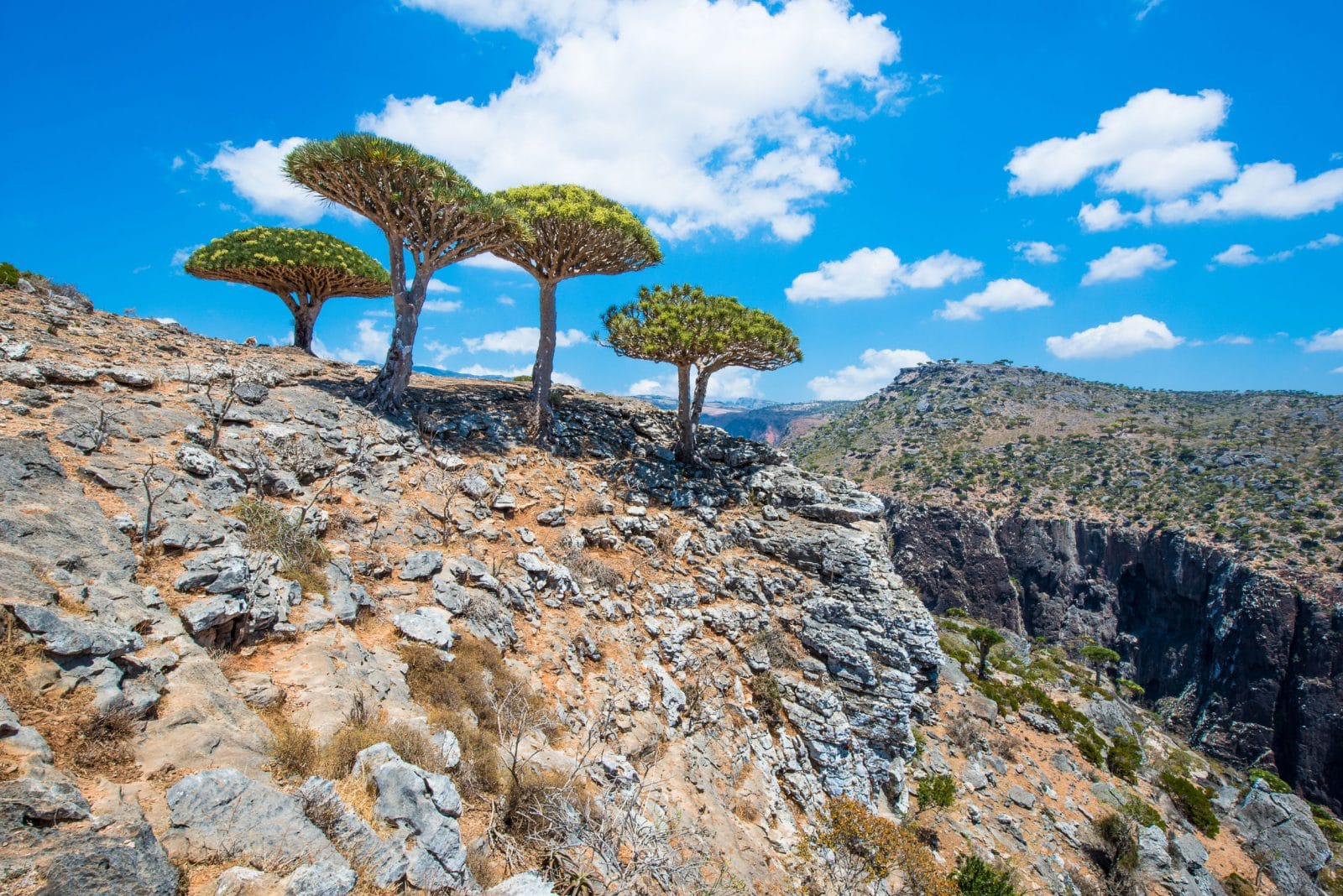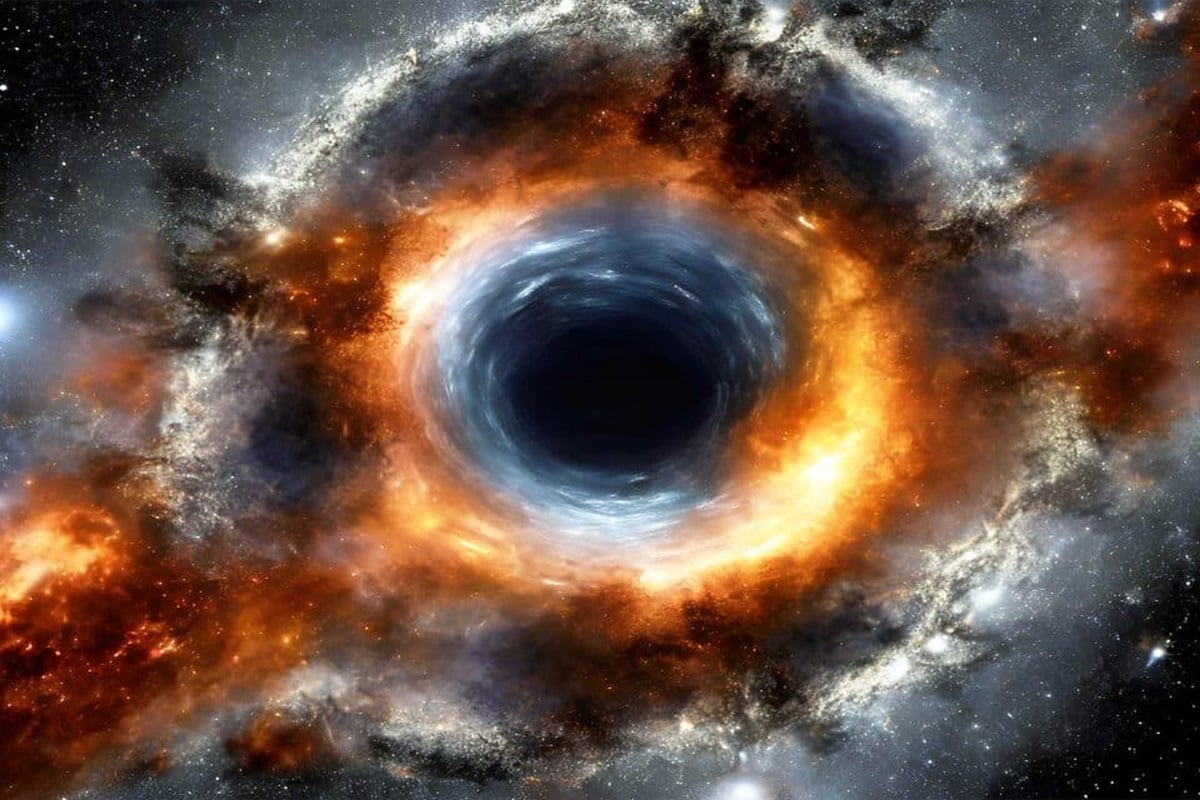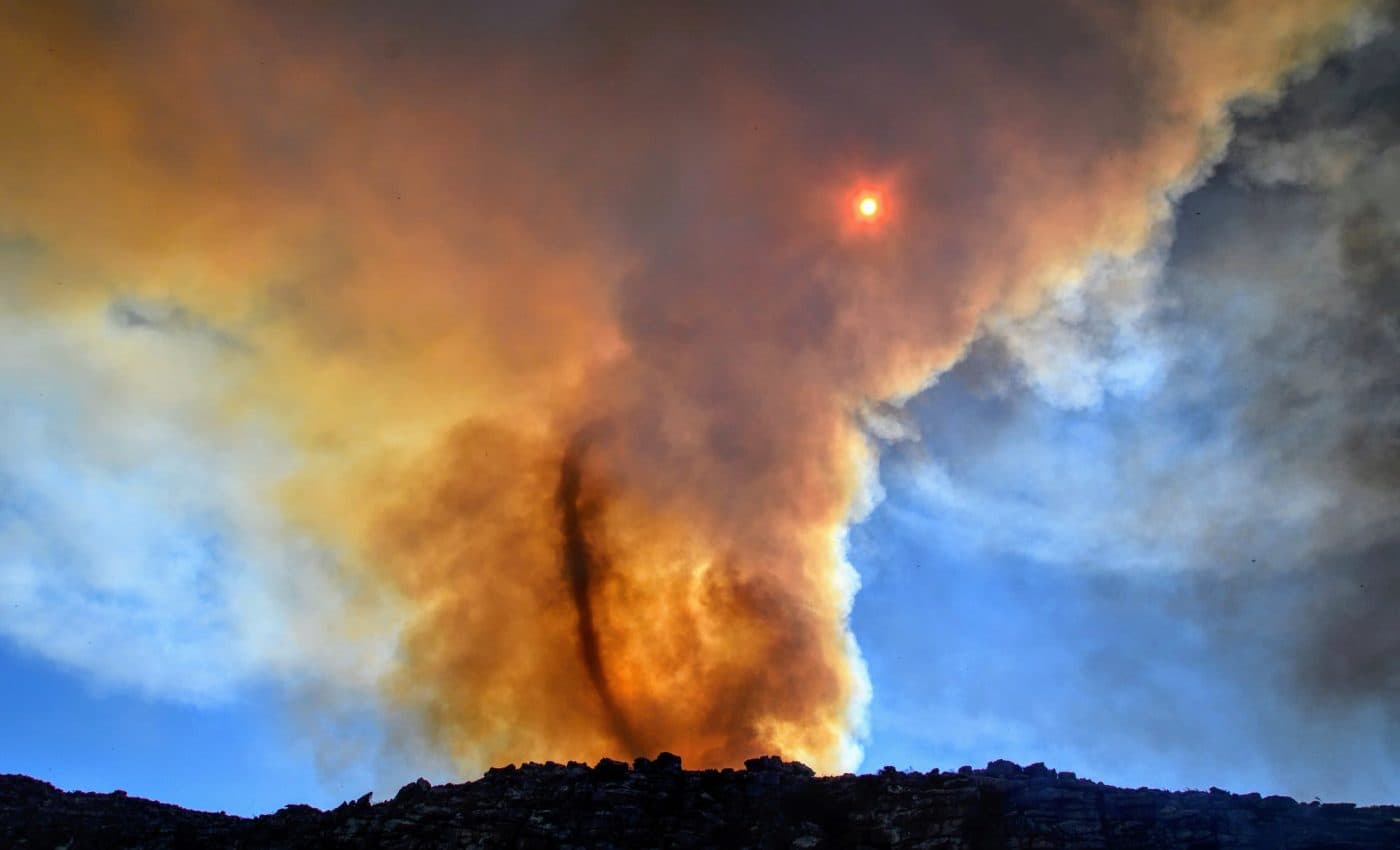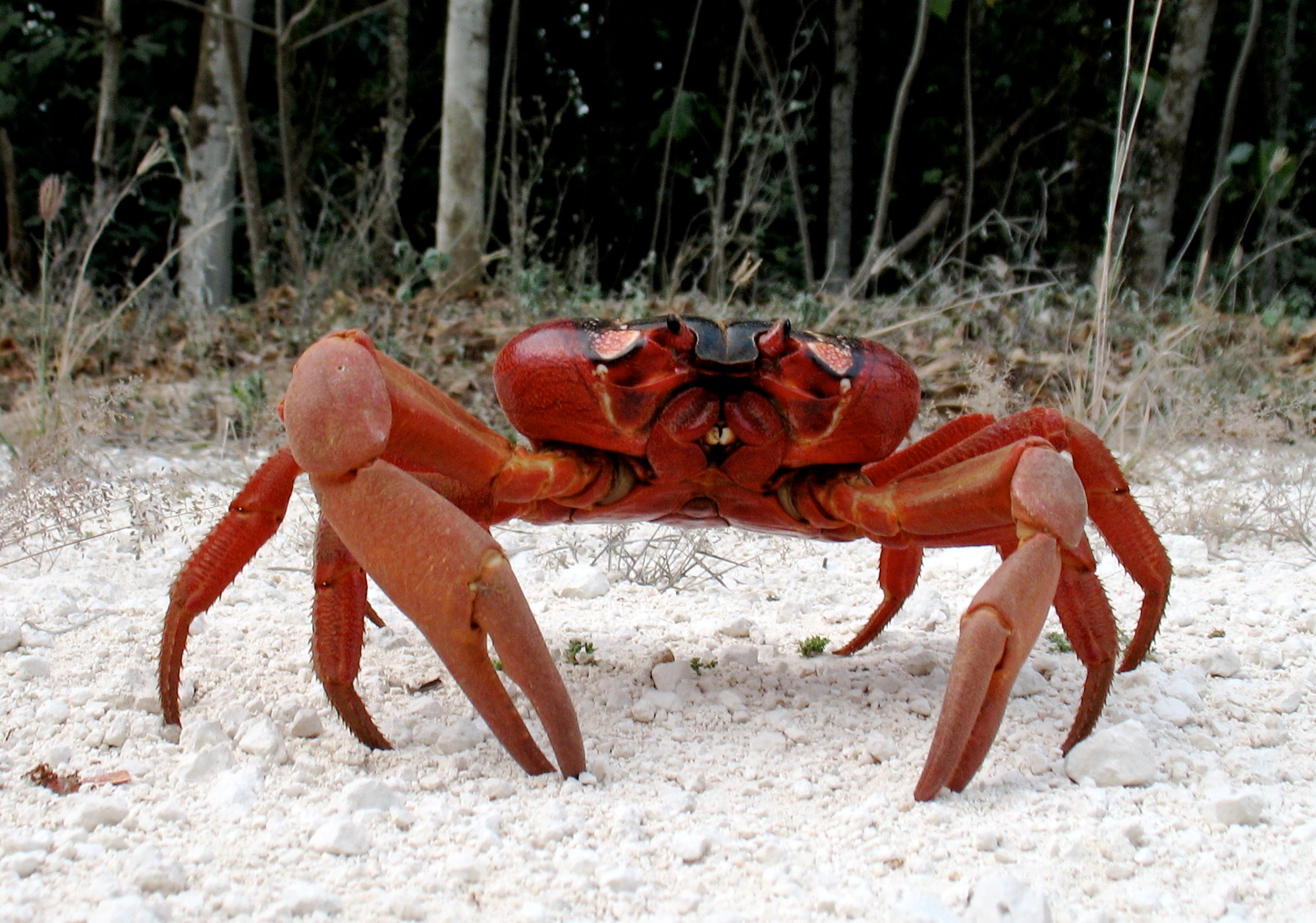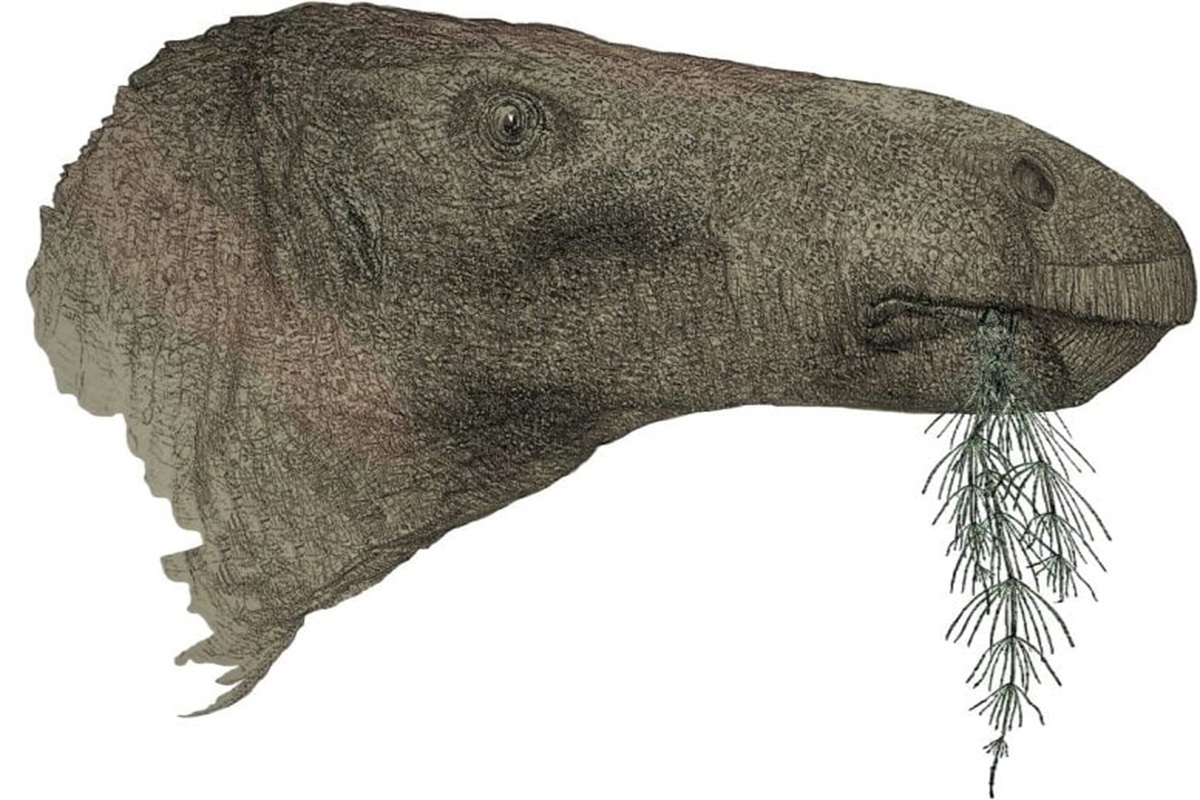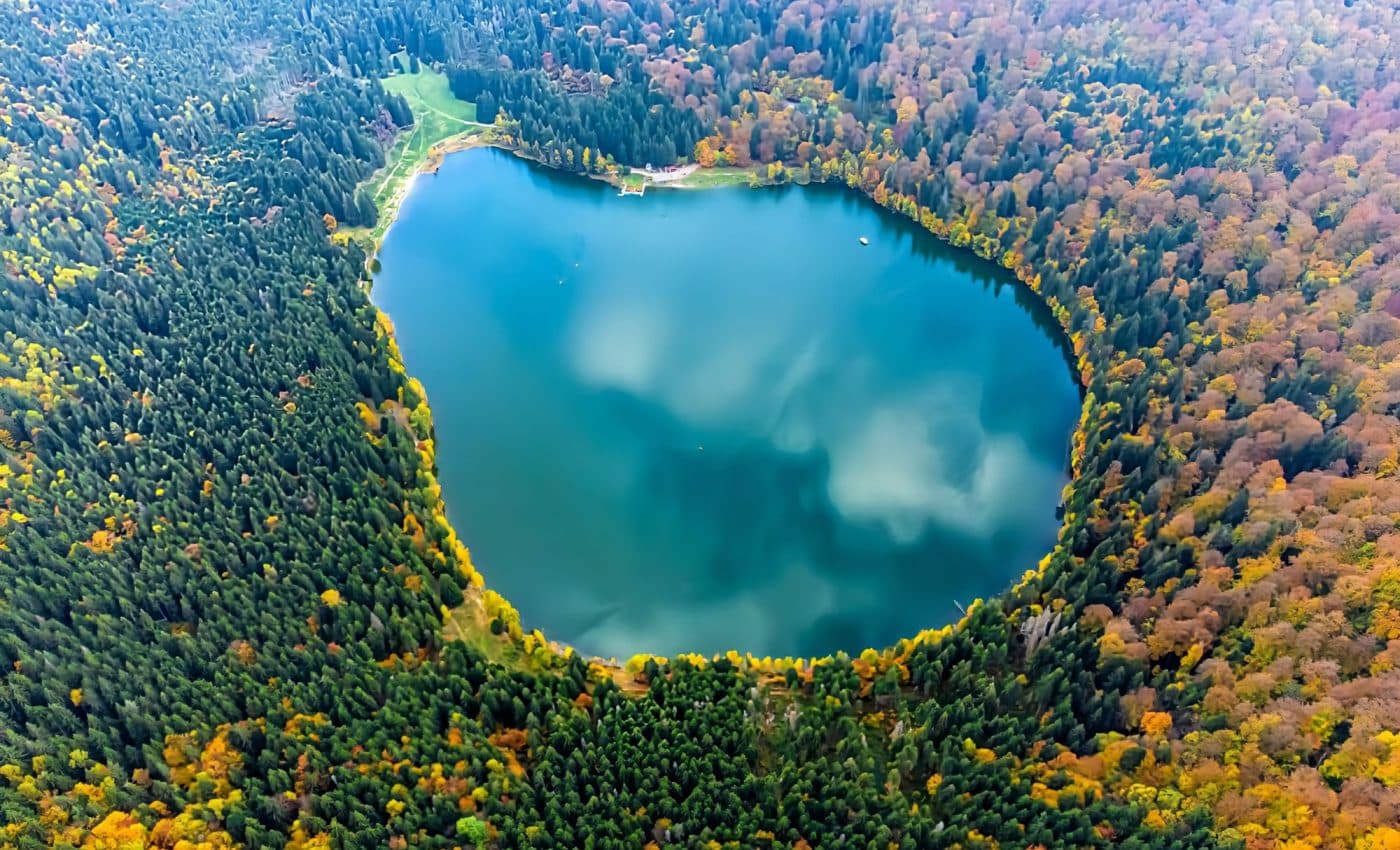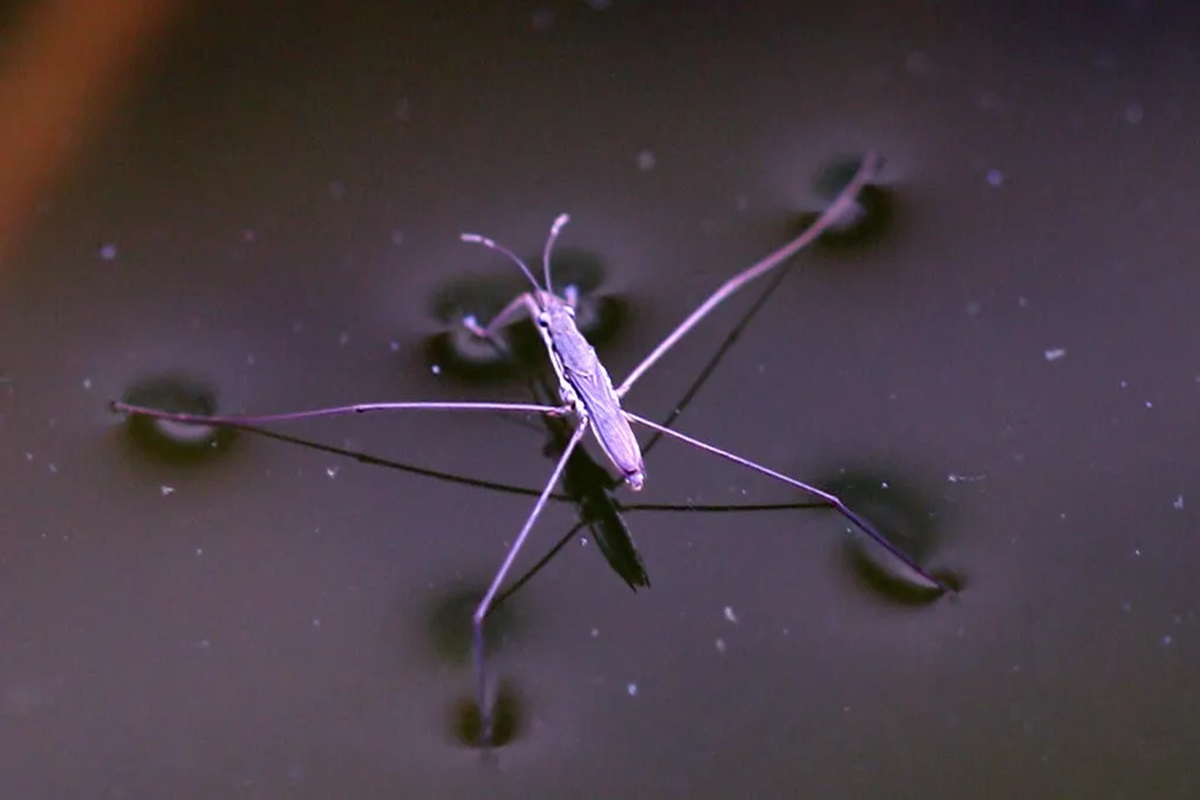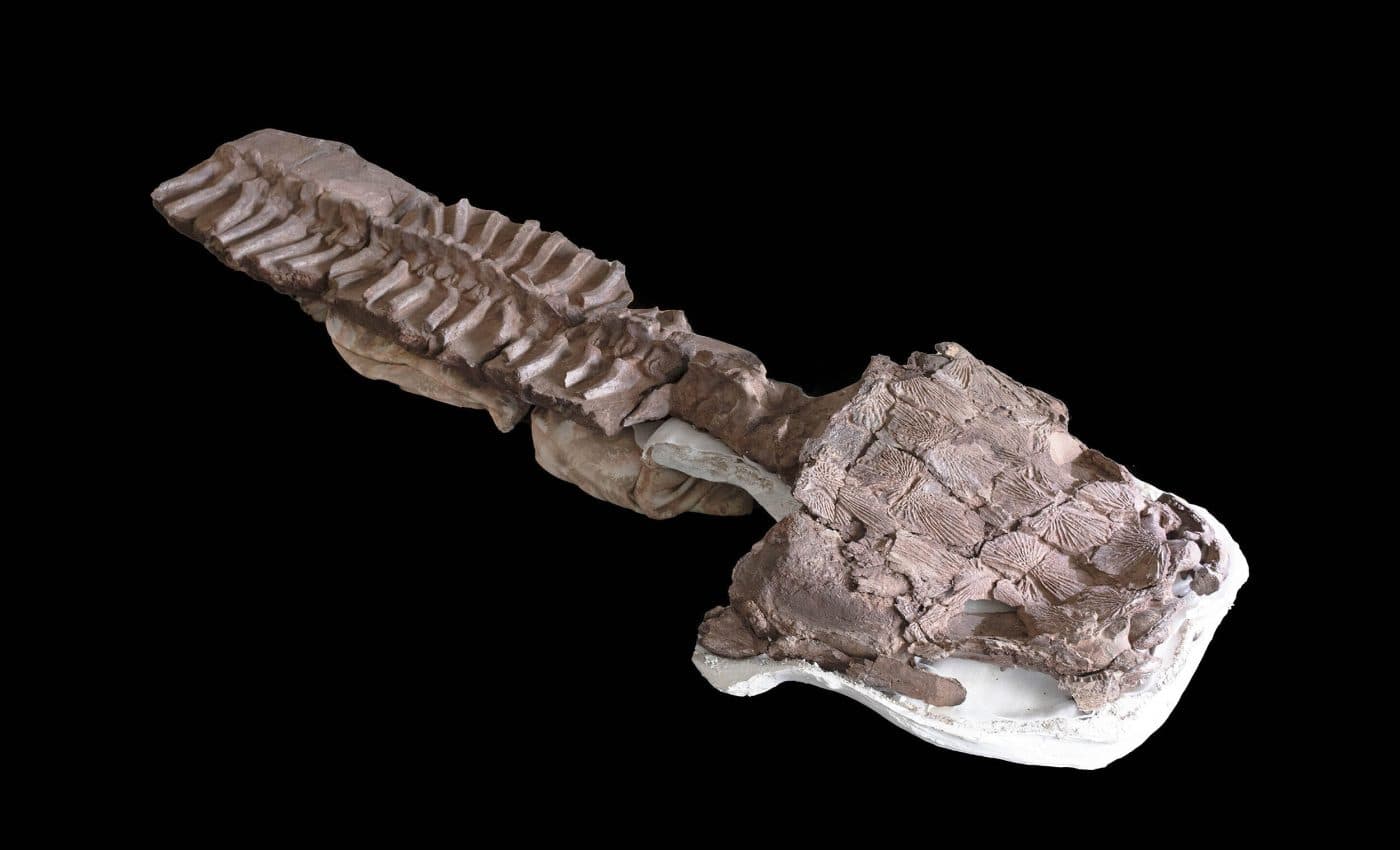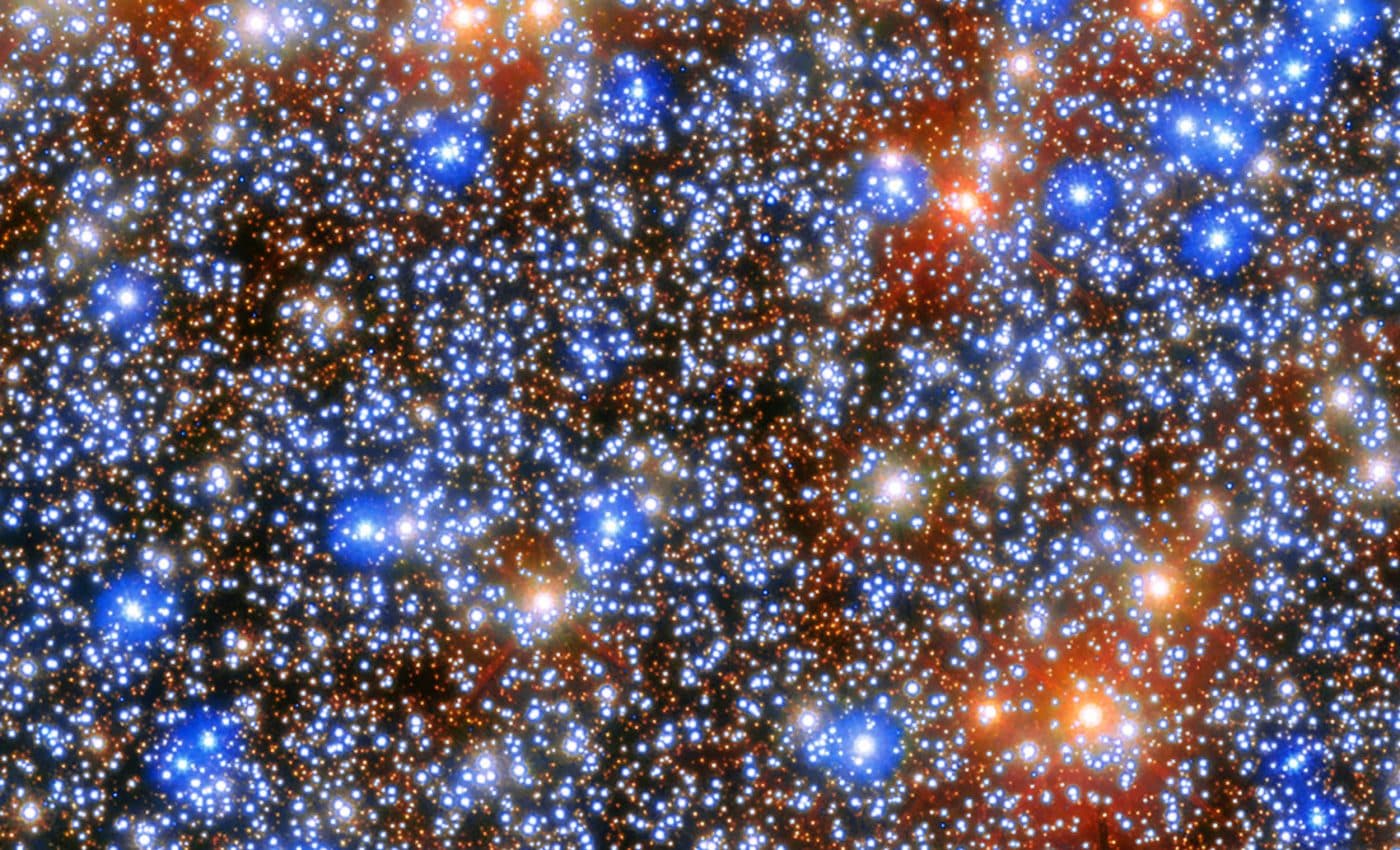Have you ever wondered about the hidden forces that watch over the colorful plants around us? Or thought about how our nature has changed over centuries? Researchers from the University of York have found out how humans have affected biodiversity.

Our main researcher in this story is Jonathan Gordon, a postdoctoral fellow at the Leverhulme Centre for Anthropocene Biodiversity at the University of York. Gordon, along with experts from the Department of Archaeology and the Department of Mathematics, used a special tool – pollen – to explore the past.
The team used pollen data from around the world to study plant communities from 12,000 years ago, at the start of the Holocene era. From the beginning of the Holocene until the Industrial Revolution, pollen records show an interesting pattern – plant communities changed more and became more varied as humans used more land.
Humans have been a big driver of changes in plants, sometimes even boosting biodiversity. But these changes were different depending on the location. In many parts of the northern hemisphere, plant communities became more diverse as humans shaped the land.
In Africa, South America, and some parts of North America, however, more human land use led to a decrease in plant diversity. Gordon says that over long periods, humans often surprisingly had positive effects on local and regional plant biodiversity.
The study suggests that traditional farming and forestry practices, mixed with local plant communities, increased diversity in many Northern Hemisphere areas. Forests were cleared for pastures, crops, and settlements, creating diverse habitats for plants that love sunlight.
Interestingly, our interactions with nature have increased diversity, challenging the common idea that human activity always harms nature. Professor Chris Thomas said, “The usual belief when dealing with biodiversity issues is that human influence should be removed for the environment to thrive naturally.”
“In many places, biodiversity thrives because of thousands of years of human activities, and in others, it suffers. It’s important to know these differences to create good conservation policies.” “In Europe, for example, this work shows that low-intensity, traditional farming over many millennia increased biodiversity levels.”
